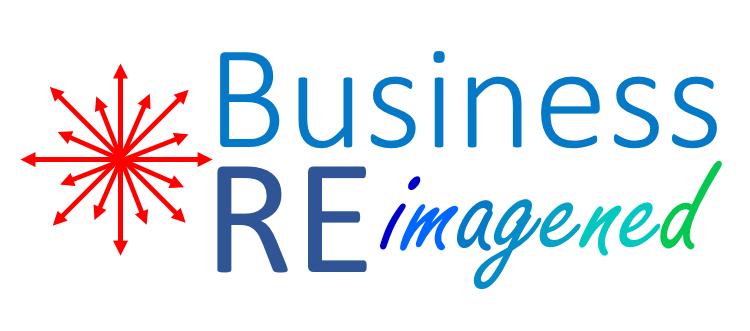To A Buyer, What is Your Business Worth?

To A Buyer, What is Your Business Worth?
What Makes Two Similar Businesses Have Very Different Values?
To A Buyer, What is Your Business Worth?
John Holobinko, Managing Director, Business Reimagined, LLC

The value of a business is more than simply its revenue, profitability and assets. This blog explains the factors that can make the values of two similar businesses vastly different from each other, in many cases by a ratio of 4:1
When we think of business value, the first questions that come to mind are: 1) How much revenue does the business produce? 2) Is the business profitable, and how much? 3) What is the revenue growth rate? and, 4) What are the business assets and liabilities
So, based on this, it stands to reason that if we had two businesses of exactly the same revenue, profitability, business growth and same assets/liabilities, then they should be virtually identical in value. Correct?
No!
Consider for a moment the perspective of the Buyer:
- If the buyer is a larger company, chances are that the business to be purchased is going to be merged into an existing business, or run as an adjacent business to one or more existing business units. The buyer wants to improve efficiencies by sharing some functions across two or more business units, instead of having duplicate processes for every business unit.
- If the purchaser is a single entity or partnership, the intent is to keep the business running and growing with as little disruption as possible during the transfer of ownership
With this is mind, ask yourself the following questions about your business:
- How much of the business is in my head versus documented in a place that others could find it if I were to suddenly be deceased?
- What criteria does the business use to decide on what products to offer or services to perform? Which are the most and least profitable?
- What is the process for determining pricing? Where is it documented?
- Who are the customers? Who are the largest customers? What percentage of the business is repeat business each year?
Prospective buyers are seeking to eliminate uncertainty and risk, and to understand where they can improve the return on your business through synergies and other methods. There are approximately 16-20 areas that a buyer looks at to assess value and business risk. If your business is inside your head, and you don’t have disciplined operating procedures, your business represents vastly greater risk to a buyer than a business that has these in place. In terns of business value, your business without these things is only worth as little as 25% of the value of a business that is fully documented including sound business procedures under which it routinely operates.
So how do you improve the value of your business, short of closing it down for 6 months while you invent and document processes? In my consultancy, I help businesses to understand their current value and how to raise that value incrementally. One way is to begin to put together a “deal book” that covers all aspects of business value. Through this process you discover what is missing, what your greatest weaknesses are, and can create an attack plan to implement key items one at a time. Approach it as a way to incrementally grow your business value, without needing to increase your revenue growth. Think of each step as a means to reduce the risk to a buyer, and that translates to a higher business value.
